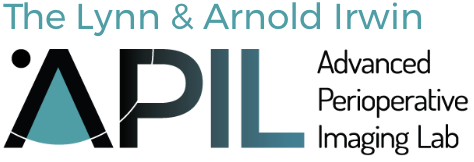The widespread and repeated failures to meet urgent demands for essential medical supplies and devices during the current pandemic has exposed the need for alternative ways of making and delivering life-saving technologies.
From simple masks to sophisticated PPE and ventilation systems the last few years have seen an explosion of distributed, open-source medical device development and manufacturing.
These experiences have brought both the promise and the challenges of open-source medical device development into sharper focus.
APIL’s medical device activities focus on open source development, testing and regulatory approval of open source essential medical devices, specially in the areas of PPE, mechanical ventilation and anesthetic delivery systems.
Personal Protective Equipment
Stop-Gap N95 Respirator
An open-source, reusable N95 respirator that can be manufactured at scale in small community or hospital-based facilities, using 3D printing, silicone casting and standard HME filters.
Powered Air-Purifying Respirator (PAPR) Fan and Modified Snorkel Mask
An open-source locally-manufacturable Powered Air Purifying Respirator (PAPR), produced using standard electronic components, Li-ion batteries from power-tools, HME filters, and a hip-mounted cast urethane enclosure created with silicone casting from 3D printed model. Compatible with modified snorkel mask devices with standard 22mm ISO connection.
Mechanical ventilation, oxygenation & gas delivery systems
Bag-Valve-Mask Device Testing (ISO/CSA-Z 10651-4-08)
Bag-valve-mask (BVM) manual resuscitators are critical equipment in acute care, used for short-term manual ventilation and for pre-oxygenation prior to short procedures or endotracheal intubation. Anecdotal clinical experience suggested significant variability in performance during spontaneous ventilation. Based on unexpected finding of highly variable inspiratory resistance in BVMs during testing of another device, we sought to formally evaluate inspiratory resistance and competence of the inspiratory/expiratory control valve during simulated spontaneous negative-pressure inspiration (NPI). Three common models were tested: Ambu Bag Spur II, CAREstream CARE-BVM, and Laerdal LSR.
Cerberus Multivent – Emergency Ventilator Splitting System
A system using standard ventilation circuit parts and localy-manufacturable custom components to allow the use of a single ventilator to support two patients. The system allows independent control of tidal volume, FiO2, and PEEP for each patient. The sub-circuit for each patient is pressure isolated and separated by N99 filters from main ventilator.
Aerosol-Reducing Mask (ARM) for Non-invasive ventilation
An open-source non-invasive ventilation mask designed to minimize aerosolization and allow provision of high concentration oxygen and CPAP using low-flow oxygen sources. Under development by APIL, in collaboration with Glia.
Open-Ventilator Evaluation Framework
A guide for he assessment and evaluation of available open source emergency ventilators in accordance with international technical standards and requirements disclosed by regulatory bodies such as Health Canada (HC), Medicines and Healthcare products Regulatory Agency (MHRA), U.S. Food and Drug Administration (FDA), Australia’s Therapeutic Goods Administration (TGA) and open source organizations such as the Open Source Hardware Association (OSHWA).
High Efficiency Volatile Anesthetic Delivery
Development, testing and clinical validation of the RIVAL system, an ultra-high efficiency volatile anesthesia delivery system that allows rapid target-controlled dosing and high efficiency delivery regardless of associated ventilator type and gas flows. In collaboration with Thornhill Medical.
BVM High Acuity Low Operability (HALO) Ventilator
An open-source bag-valve-mask (BVM) based high acuity low operability ventilator for emergency use. Developed by APIL and Promation.




